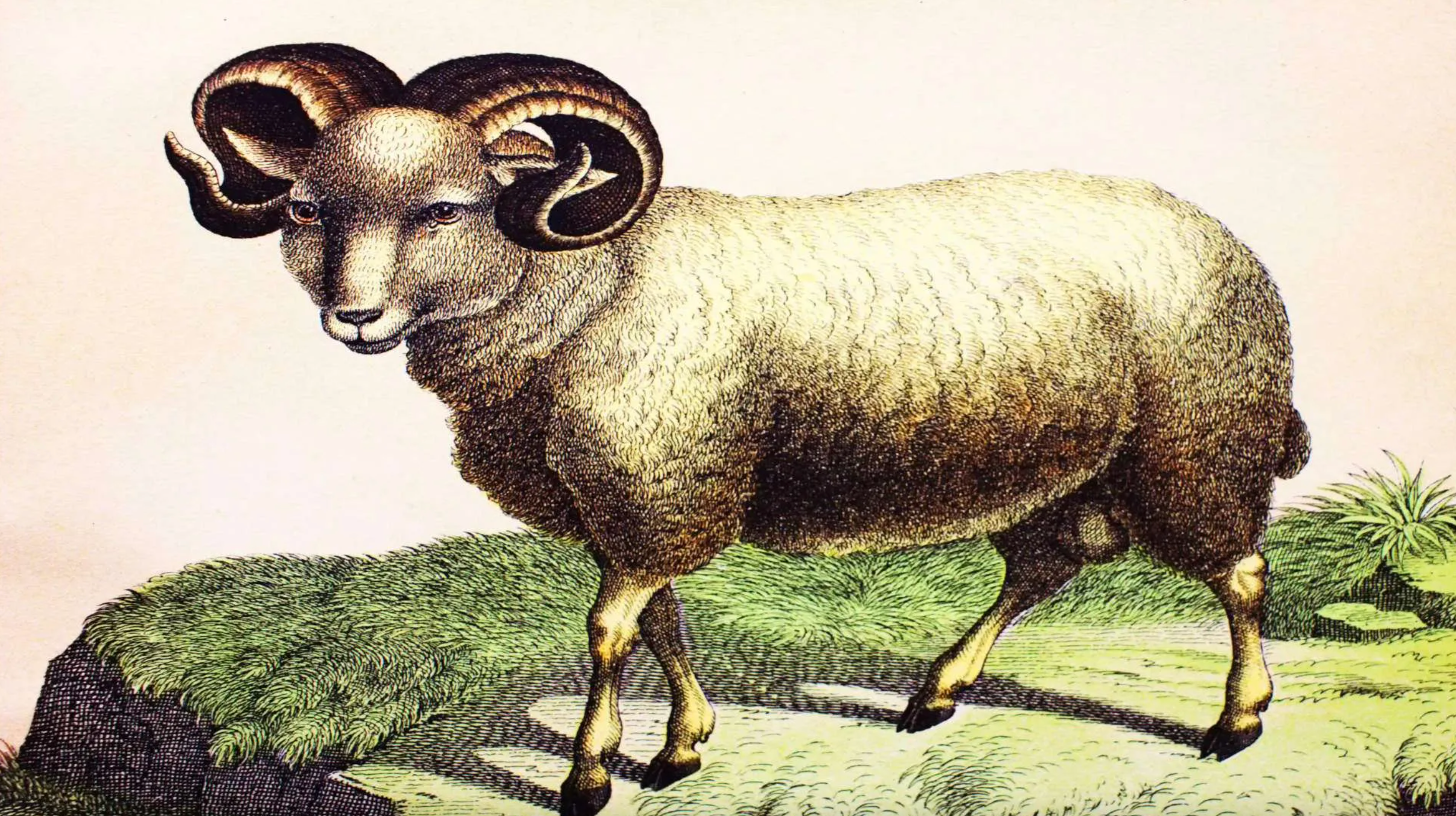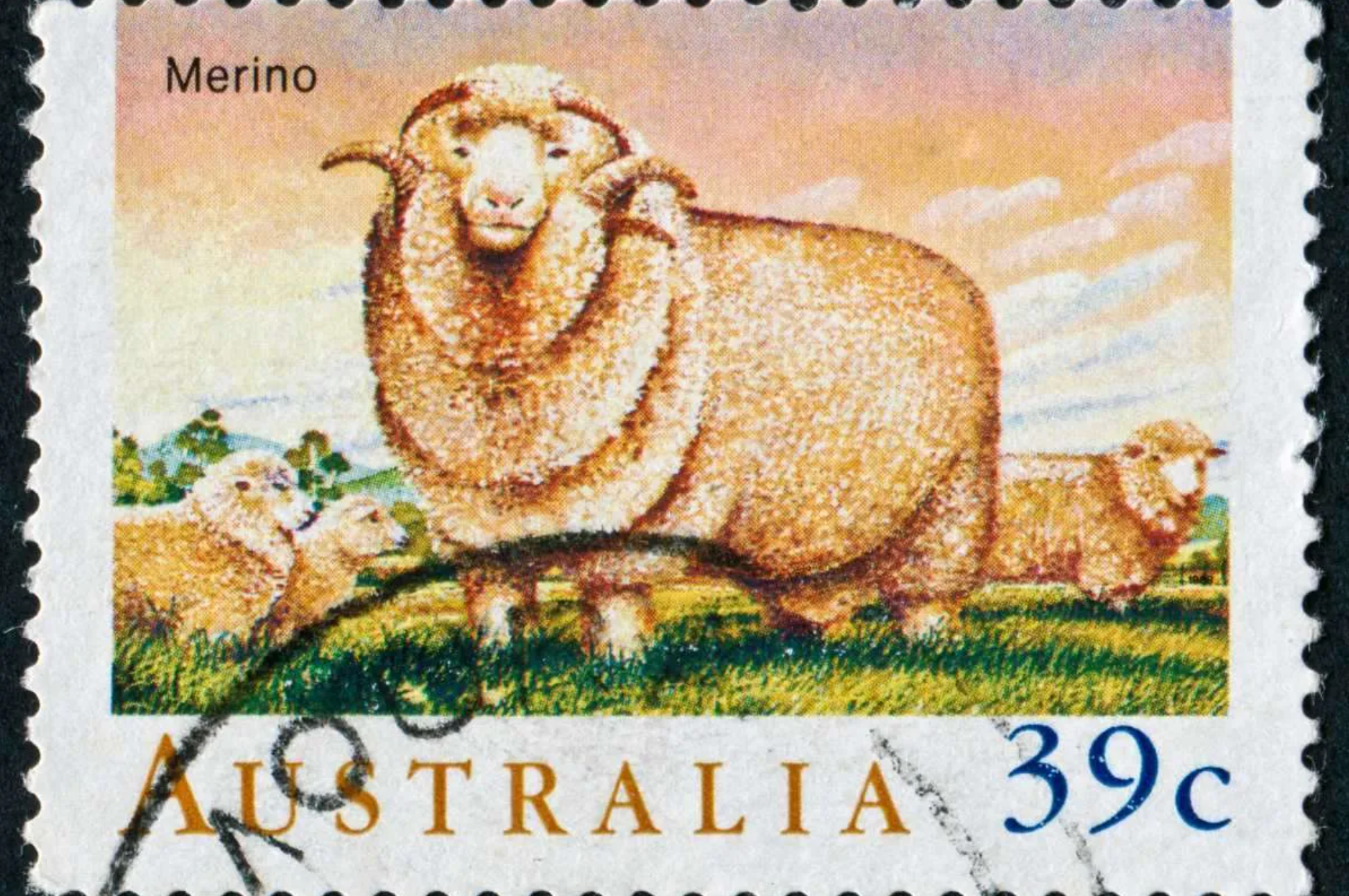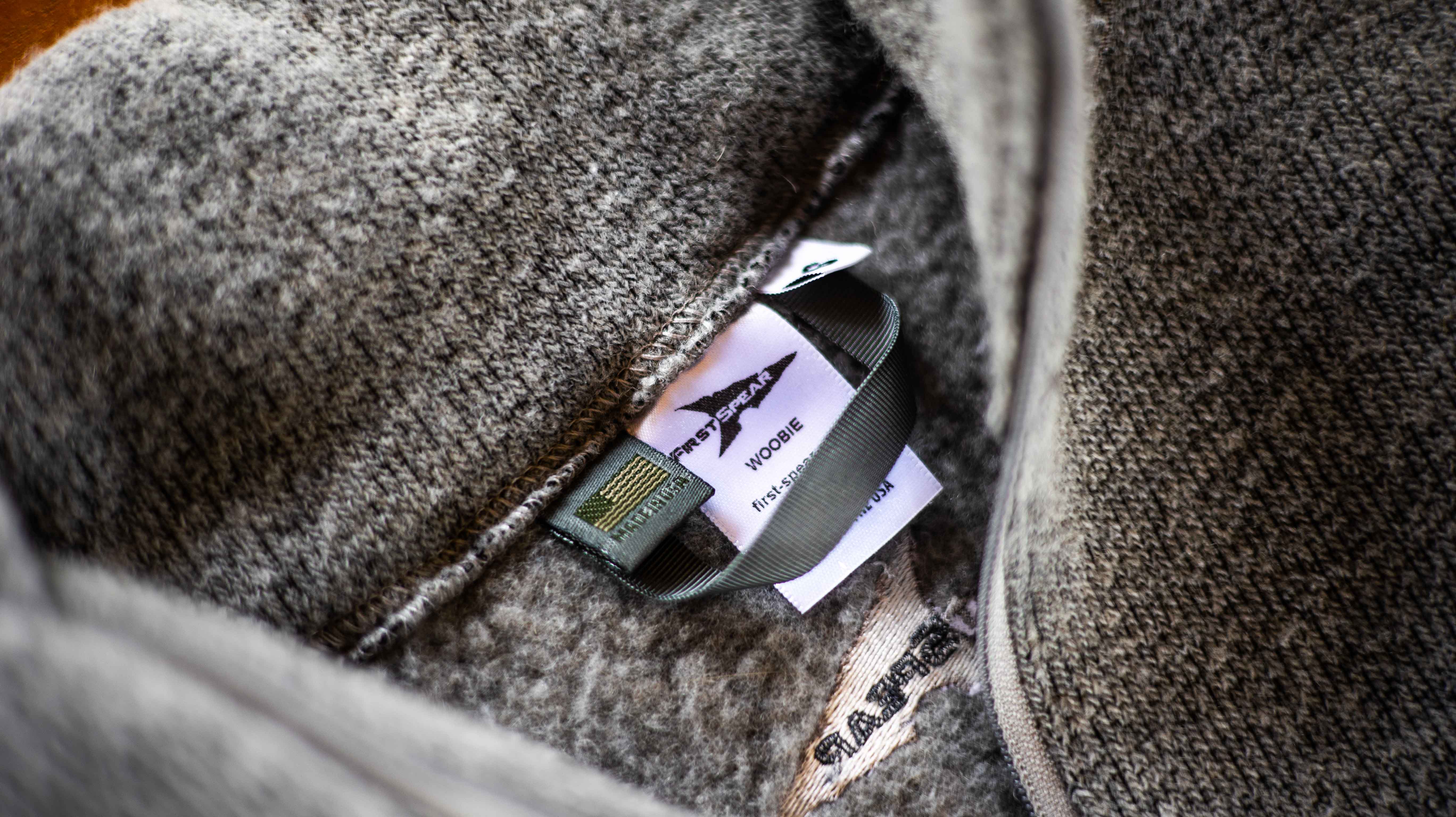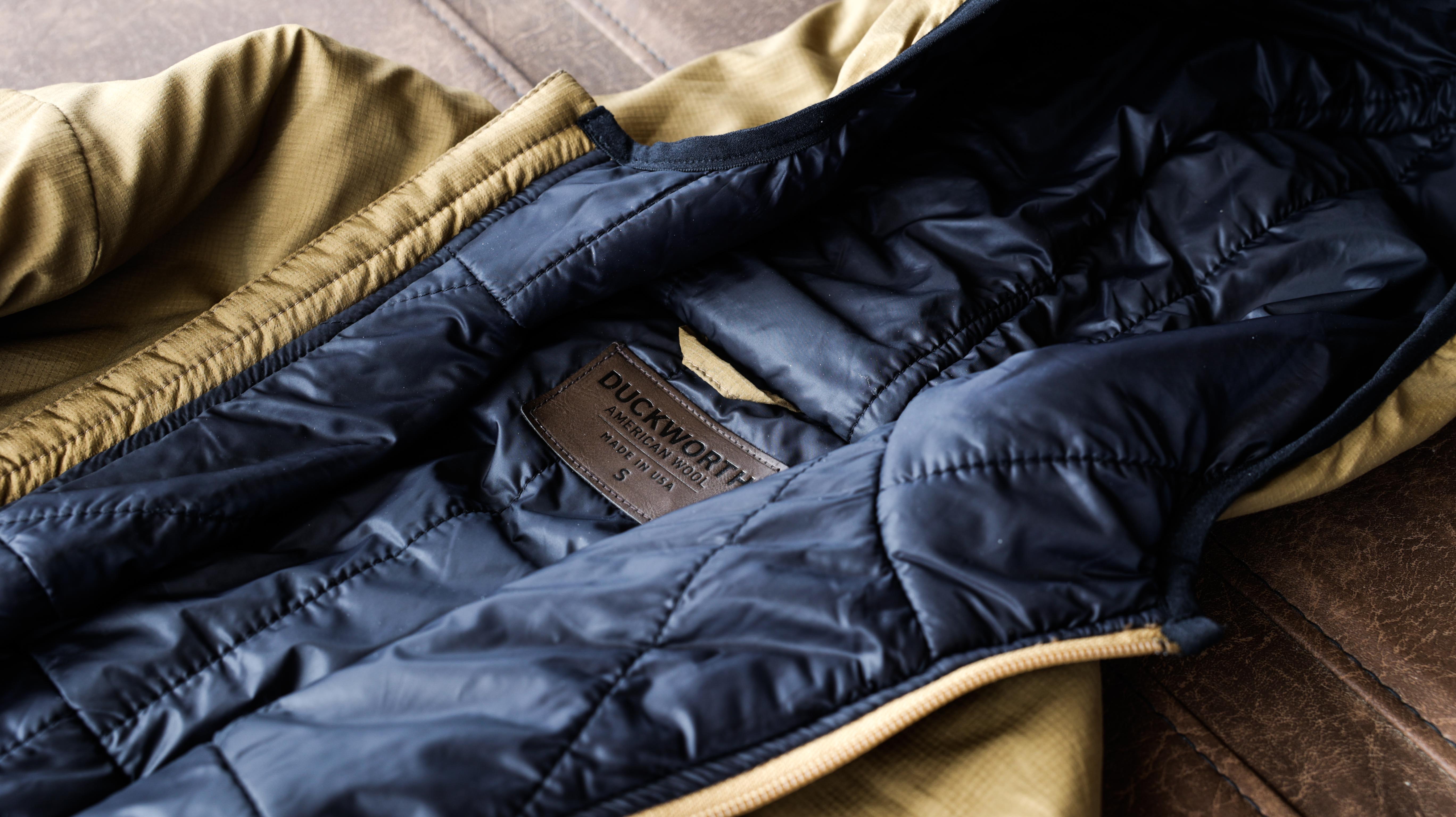AO Review: A Brief History of Merino Wool – “A Fabric Worth Fighting Over”
Patrik Orcutt 07.17.23
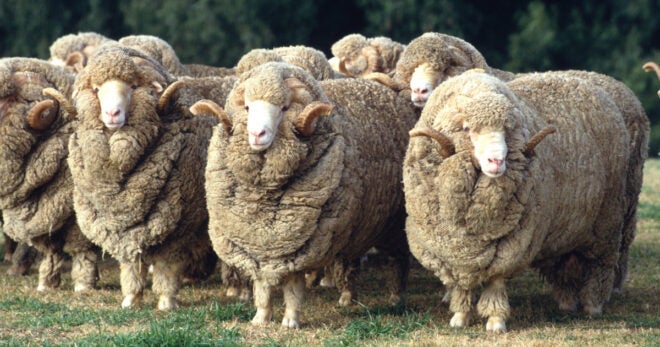
Merino Wool is renowned for its exceptional quality and luxurious softness and has a long and illustrious history that dates back centuries. Derived from the Merino breed of sheep, this unique type of wool has become highly sought after for its remarkable properties and wide-ranging applications. It’s one of my favorites when it comes to clothing materials and once you try it on, it is easy to see why. From clothing to outdoor gear, Merino wool has captivated the market with its superior performance and comfort. In this article, we will look into the fascinating history of Merino wool and explore its diverse uses.
The story of Merino wool begins in Spain, where the Merino breed of sheep was first developed. The selective breeding of these sheep by the Moors in the 12th century resulted in high-quality, fine wool with exceptional softness and strength. The Spanish monarchy recognized the value of Merino wool and imposed strict regulations to protect and control its production and trade. The breed was regarded as a national treasure, and exporting Merino sheep or their wool was prohibited and even punishable by death.
The Napoleonic Wars decimated Spain’s monopoly as the old cabañas were dispersed or slaughtered in warfare. To mitigate the devastation, Spain lifted their blockade and the sheep spread throughout the globe. After the merino failed to thrive in the Dutch climate, they were shipped to South Africa.
From South Africa, British Army Officer John Macarthur took the first Merinos to Australia where he became recognized as the pioneer of the Australian Merino wool industry. In 1797, English Reverend Samuel Marsden introduced the first Merino sheep into New Zealand, descendants of the famed Royal Merino Flocks of Spain. For the next 50 years, thousands of sheep were imported across the Tasman Sea. Then, further selective breeding with Merino sheep from Germany, France, America, and the UK produced what is arguably now the finest Merino wool on the planet.
Today, Australia has the world’s most advanced wool industry, but some companies like Duckworth and American Wool are looking to loosen their grip on the industry and it’s now believed that the Montana climate produces the best wool from the sheep.
Merino wool’s unparalleled popularity can be attributed to its exceptional properties. The fine fibers of Merino wool are much finer than traditional wool, resulting in a soft, non-itchy texture. It possesses excellent breathability and moisture-wicking capabilities, allowing it to regulate body temperature efficiently. This makes it ideal for both cold and warm climates. Merino wool is also naturally resistant to odors and stains, making it an attractive choice for outdoor enthusiasts and athletes.
Merino wool’s performance qualities have made it a staple in the sports and outdoor gear industry. Outdoor enthusiasts and athletes appreciate its ability to provide warmth without bulk and its efficient moisture management. Merino wool is commonly used in base layers, socks, hats, and gloves for activities like hiking, skiing, and running. Its natural odor resistance also eliminates the need for frequent washing, making it ideal for extended trips.
Beyond clothing, Merino wool has found its way into interior design and lifestyle products. It is used in blankets, rugs, and upholstery fabrics, adding a touch of luxury and comfort to homes and hotels. Merino wool is also employed in the production of bedding products such as pillows and mattress toppers, offering a naturally soft and cozy sleep environment.
As sustainability becomes increasingly important, Merino wool stands out as an eco-friendly choice. Sheep produce wool continuously, making it a renewable resource. The biodegradable nature of Merino wool ensures minimal environmental impact compared to synthetic materials. Additionally, sheep farming can contribute to biodiversity by maintaining landscapes and supporting rural economies.
Merino wool’s versatility extends beyond its material properties. The industry has made significant strides in ensuring ethical sourcing and sustainable practices. Many brands now prioritize responsible wool production, including animal welfare and fair trade.
Taking care of and maintaining wool can prove difficult for first-time buyers. So, here are a few rules to help keep your expensive garments around for as long as possible.
- Wash in cold water: In the washing machine or by hand, merino wool should be washed in cold water to prevent shrinkage and damage to the fibers
- Use mild detergent, free from harsh chemicals and enzymes that can damage the fibers
- Avoid bleach when washing merino wool, as it can damage the fibers
- Avoid high heat when drying merino wool, as it can shrink and damage the fibers. If you’re putting it in the dryer, put it low heat
- Lay flat to dry is the optimal way to dry your merino as hanging it can cause stretching and misshaping. Laying flat to dry is also the best way to keep your Merino in prime condition to last
